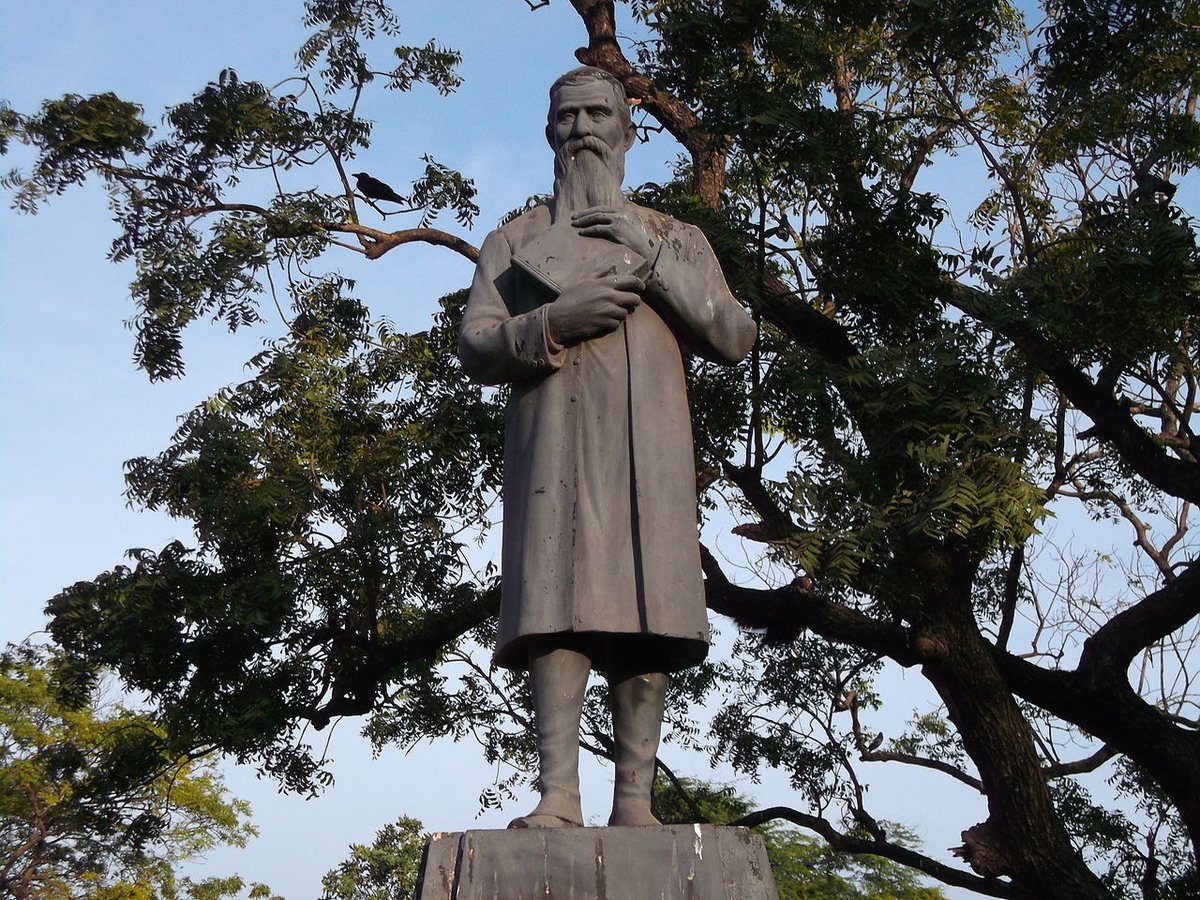Kamma కమ్మ derives from “Karma” కర్మ in Prākrit. It shows the community was performing certain Vaidika Karmas.
Reddy రెడ్డి derives from “Rathi” రథి (rider).
Another possible etymology is “Rēdu” రేడు from Rāja (king), but which I think is unlikely.
I think all these communities have their origin in the Kalinga Janapada, where Forest dwelling Kshatriya tribes slowly picked up agricultural practices.
We have close to a zero for the Dravidian theory in describing Telugu ethnic groups.




